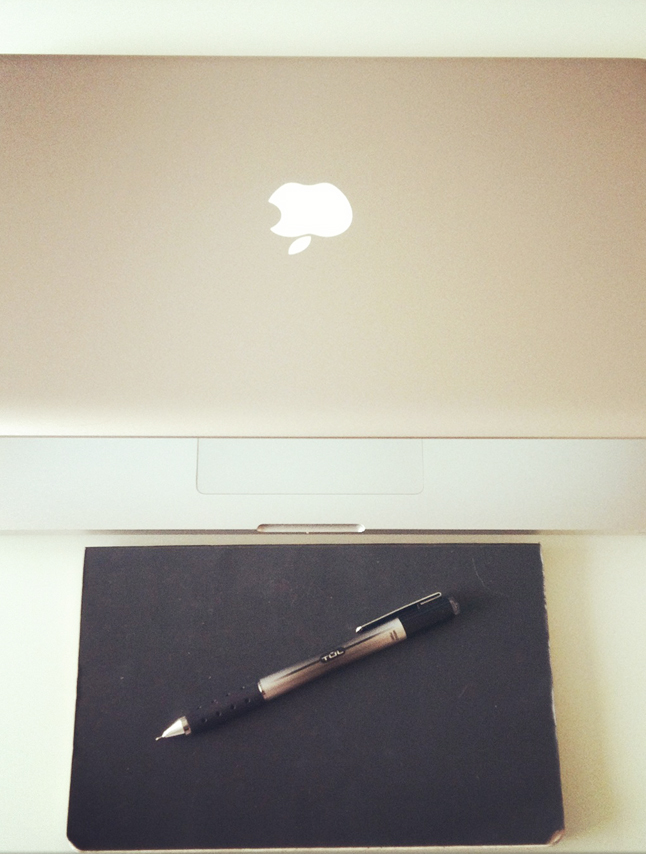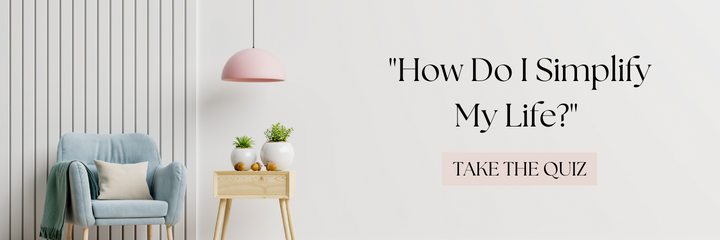We know our excessive use of paper is bad for the planet, but it’s also bad for our brains. Paper clutter shows up on the refrigerator, the kitchen table, our cars, offices and other places. You sort it, shuffle it, file it, and ignore it. It’s distracting, destructive and it has got to go.
When I started my microbusiness, I decided to have as little as possible in terms of print collateral. My courses and other consulting work, which require extensive communication is 100% paper free. We work through Skype, Gmail, and Any Meeting. That let’s me work from anywhere with anyone.
A few years ago, I never would have thought that going paperless was possible. Today, I see the possibility and am starting to enjoy the benefits. The answer is not in scanning and organizing everything, but instead, in reducing it.
While you are working to reduce the incoming paper in your life, start with this very simple tip.
Do not bring unnecessary paper into your office or living space. Opening the mail can be an event. You sit down with your coffee (or cocktail) with good intentions, but when you get distracted, you don’t complete the task and it goes to your “do it later” pile or “bills” folder. (if you are that organized)
Instead, look at your mail before you go inside. If your mail is delivered into your home or office instead of a mailbox, look at it while you are standing at the door. Dump the junk mail, catalogs and anything that you didn’t give permission to receive. Open the bills, the birthday cards, the things that you invited into your mailbox and dump the envelopes, promotions and other crap that you don’t need inside your living and working space. With that, you’ve eliminated more than 50% of your paper mail.
That begins to solve the problem of paper in your house, but what about paper in the world? There are great digital resources to help you in your paperless journey.
How to go paperless
Bills
Even when you become debt free, you will still receive bills, bank statements, and other legitimate items in the mail. Fortunately, many companies offer the option to receive via email instead of mailbox.
If you are traveling or don’t want to deal with mail in your mailbox ever again and don’t mind paying for it, check out Earth Class Mail.
Catalogs
Being removed from mailing lists is one of the most challenging aspects of being paperless (and un-annoyed). Be vigilant about not signing up for things with your mailing address and rely on services like Catalog Choice and read How to Stop Junk Mail Forever.
Receipts
If you save receipts for business, you will be happy to know that you don’t have to anymore! I’ve been using Shoeboxed to snap a quick pic of my receipt and store it with them. They also have a business card option that may be helpful if you hold onto contact information that way. The trick here is using the service as soon as you get the receipt and not saving them for later.
Contracts
Simplify your negotiations and paperwork when doing business by using OurDeal. They have a wide variety of customizable contracts that are easy to use and easy to understand. Signatures are electronic and there is never anything to print. And, when your contract is signed, you receive a fun email from OurDeal reminding you to pop the champagne because your deal is signed.
Magazines
I used to be a heavy magazine reader and saver. Today, I read a magazine once or twice a month (or less) and when I am finished with it, I give it away.
Clippings
If you clip coupons, recipes, quotes and other information that you never use, stop it. If you use them, have a simple place to store them, but don’t save them with the hope that you might use them someday. You won’t. If you love your clipped recipes and other items, are determined to hold onto them, and have an iPad, consider the iConvert Scanner for iPad. This is not a product endorsement. I don’t have an iPad or the scanner, but it looks like a helpful device.
Lists
I use Evernote for list making.
Files and stored paper
If you have boxes and filing cabinets full of paper, set aside some time to revisit and toss what you haven’t used and don’t need. Even clutter behind closed drawers can be distracting. Consult with accountants and professionals when determining how long you need to keep important documents. Read How Long Should I Keep my Papers by the IRS and ask the friendly guys at taxreceipts.com. They really are friendly. In terms of online storage, services like Dropbox can help. I store my high-resolution photography on external hard drives, but the rest is in the cloud.
Paperless means less paper, not no paper. I’ll be addressing other paper items like photographs soon, so please let me know what questions and ideas you have. As you simplify your life, you will eliminate some of your paper without even trying. The rest takes a little shift in approach. A paperless, clutter-free work and living space allows you to do your best work.
Like any major change, when going paperless, start small. Choose one service or tip above and implement it into your lifestyle. If you love it, add another. If you don’t, try something different. These are all things that are making a difference for me, but I didn’t sign up for them all at once. This is a process and gets easier when you have less to manage. When you become more concerned with storing less, you can worry less that you will lose or miss something.


